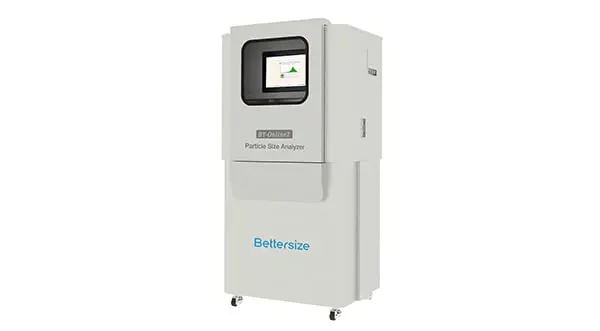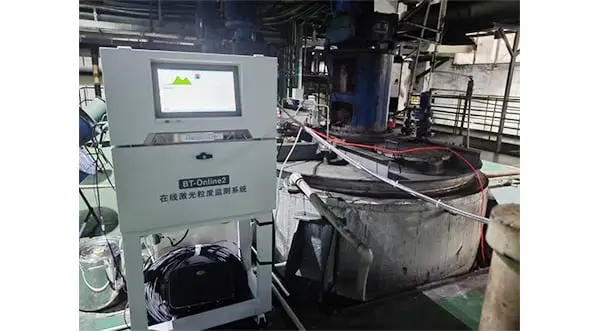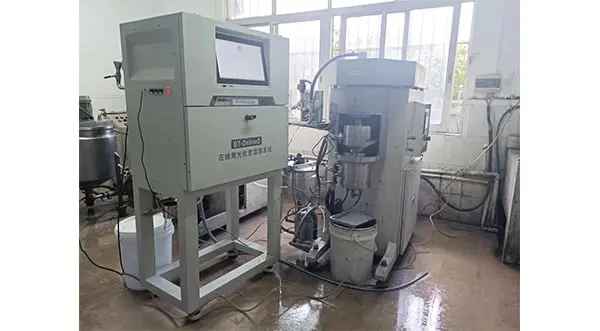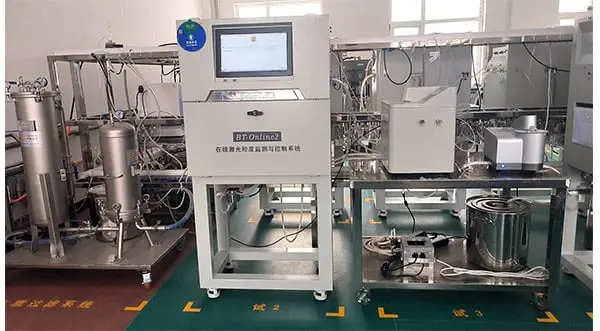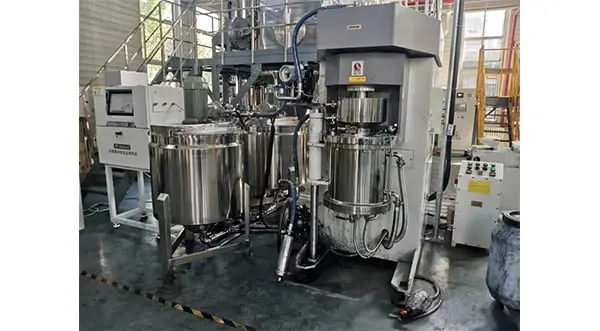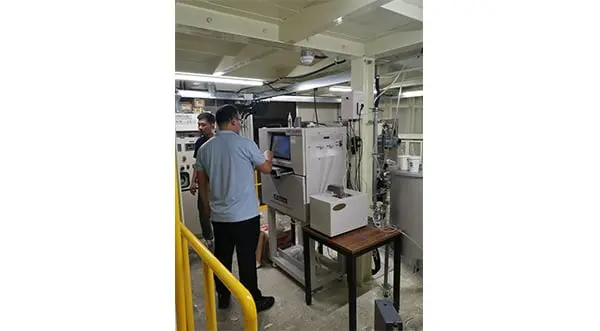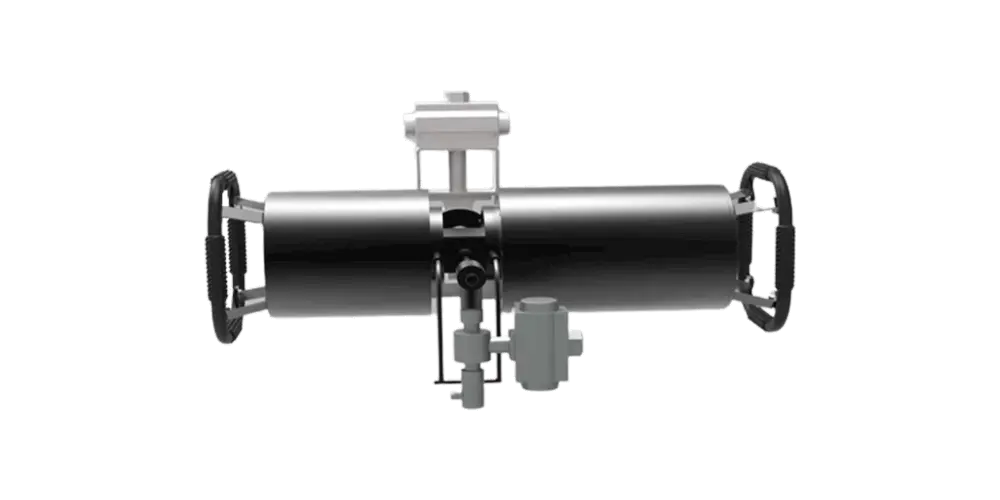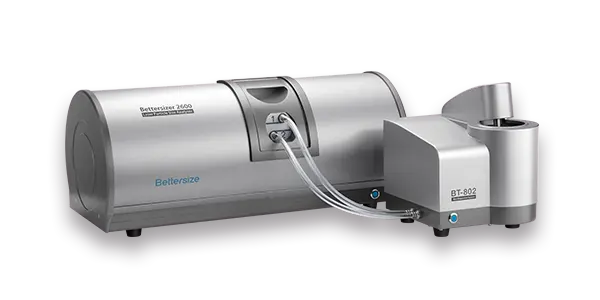BT-Online2は、特許取得済みのフーリエ・逆フーリエ光学系を採用し、ラボ機並みの高精度な測定結果をリアルタイムで提供する湿式粒子径分布測定装置です。光学系には92個の検出器を配置しており、0.02μm〜2000μmの広範な粒度レンジに対応します。内部希釈装置の搭載により、高固形分の試料にも対応可能で、より多様なプロセスへの適用が可能です。さらに、最大4つのプロセスラインと接続できるため、装置の集約化による初期投資の抑制、設置スペースの効率化、および一元的なデータ管理を実現します。
機能と利点
- ● 特許取得済みのフーリエ・逆フーリエ光学系により、測定精度が向上
- ● 全自動サンプリング
- ● 最大4つの生産ラインをモニタリング可能
- ● 内部希釈装置の搭載により、高固形分の試料にも対応可能
- ● ラボ機並みの高精度
- ● 廃液ろ過システム搭載により有機溶剤を再利用可能
概要
Citations
Unfortunately, we couldn't find any results matching your search criteria. Please check back later for updates or contact us directly for assistance.

